Our Courses
Learn RPM Connected Health Technology for Better Patient Care

DrKumo RPM Connected Health
The DrKumo Remote Patient Monitoring Connected Health Courses equip you with knowledge and skills to effectively understand how patients’ health is monitored remotely using technology like wearables, sensors, and mobile apps. Covering topics such as wearables and sensors, onboarding, and patient engagement, these courses are interactive and practical for real-world settings. Completing these courses can improve patient outcomes and healthcare delivery by enabling early detection and intervention. | 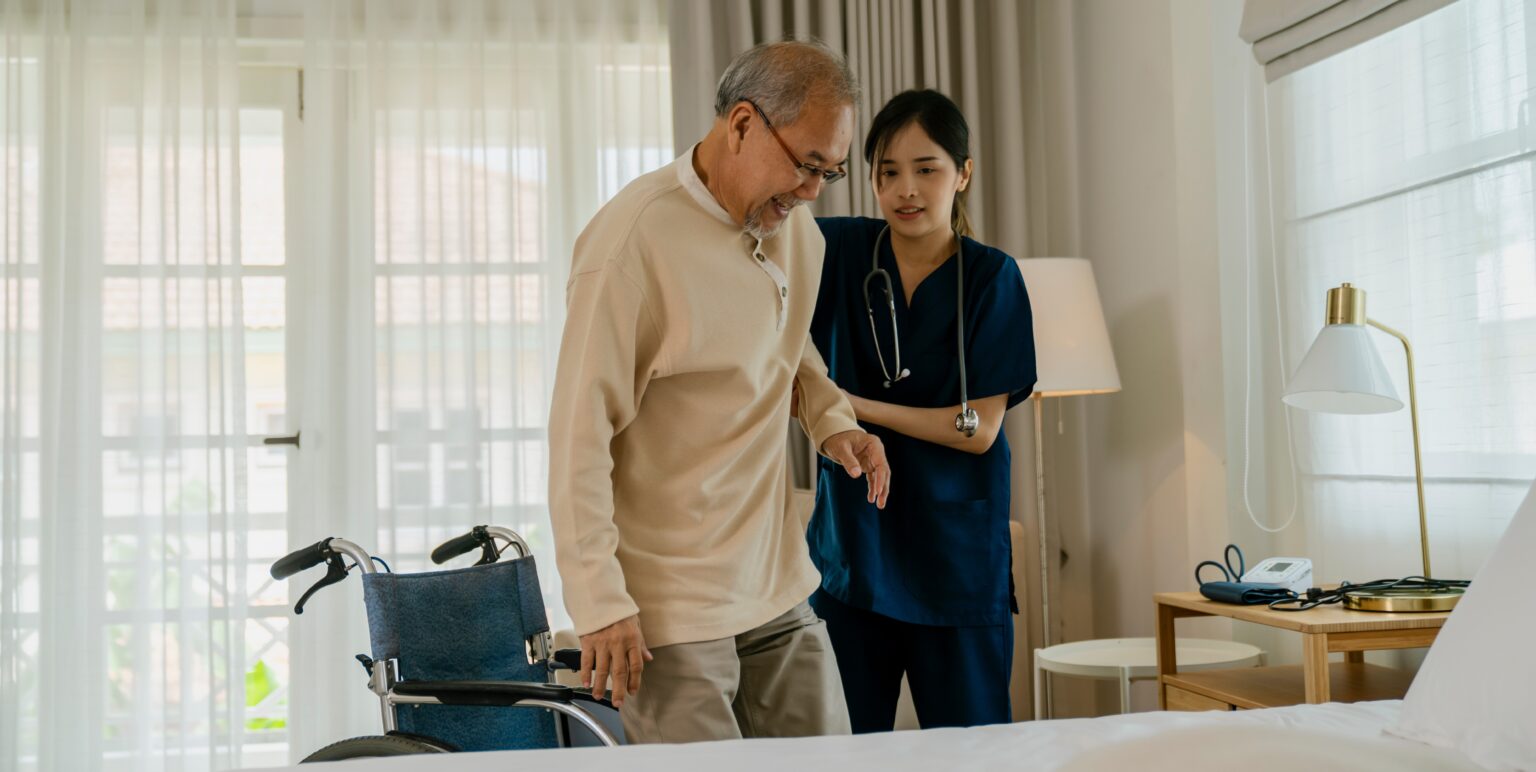 |
General Courses
 DrKumo Remote Patient Monitoring (RPM) Connected Health Training Program Overview
DrKumo Remote Patient Monitoring (RPM) Connected Health Training Program OverviewRPM 100 - This course provides an overview of the DrKumo Remote Patient Monitoring (RPM) Connected Health Training Program, designed to support California Direct Care Workers and Paid/Unpaid Family/Friend Caregivers. You will learn about the program's requirements, as well as how to succeed with online learning. The course will also introduce you to the program's digital badge and explain its significance. By the end of this course, you will have a clear understanding of what is expected of them in the program and how to get started on the path to success.
See more...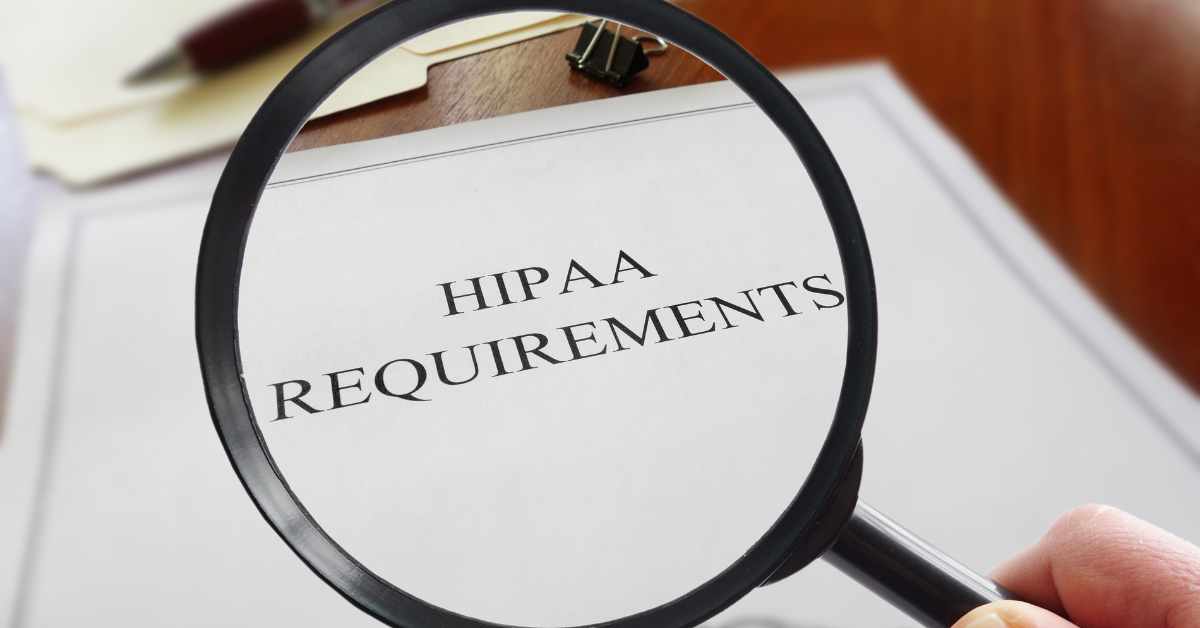 HIPAA Requirements
HIPAA RequirementsRPM 130 - This course is designed to educate Direct Care Workers and Paid/Unpaid Family Caregivers on the Health Insurance Portability and Accountability Act (HIPAA) requirements. The course will provide an overview of HIPAA, including the Privacy and Security Rules, and how these rules apply to direct care workers in their daily work. It will also cover the importance of maintaining the confidentiality of patient information and the consequences of HIPAA violations.
See more...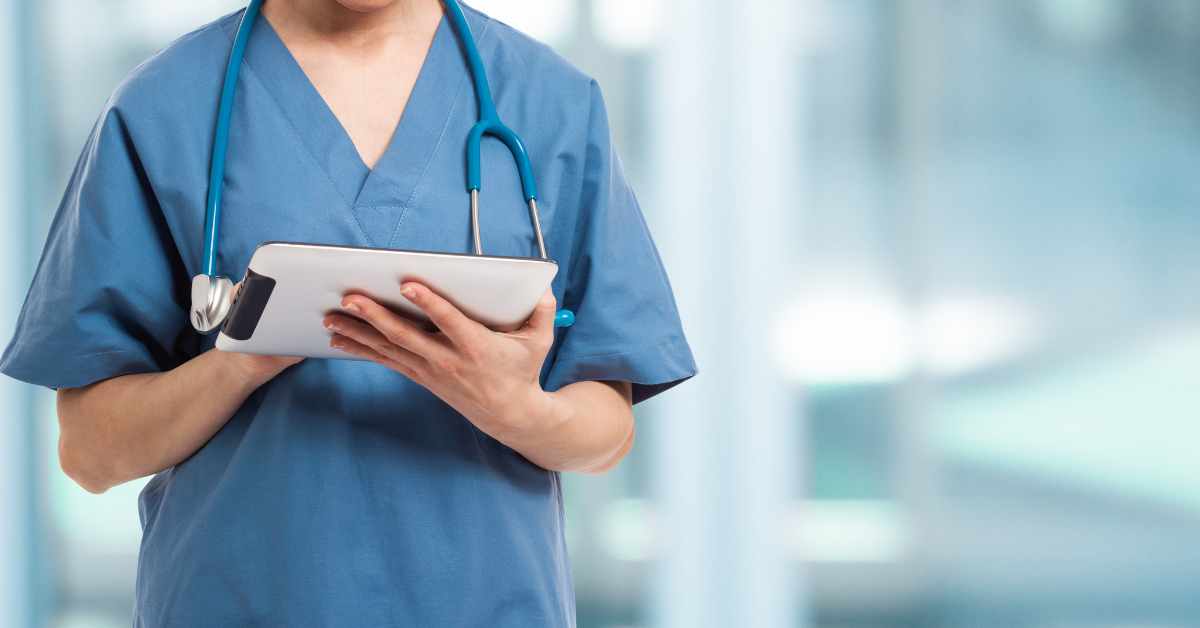 Introduction to Remote Patient Monitoring (RPM) and Healthcare
Introduction to Remote Patient Monitoring (RPM) and HealthcareRPM 105 - This course is a brief introduction to Remote Patient Monitoring (RPM) and the importance of RPM within the healthcare system. Trainees will learn the basic parts of remote patient monitoring as a system of patient service.
See more... Remote Patient Monitoring (RPM) and Activities of Daily Living
Remote Patient Monitoring (RPM) and Activities of Daily LivingRPM 125 - This course allows reviews the principles of caring for patients who need help with Activities of Daily Living (ADL). Learn to categorize the index of ADL for a given patient and learn how to develop a care plan (for approval by a health team) for an elderly patient who may have a chronic illness. Also, learn to document and monitor an ADL patient using remote patient monitoring.
See more... Remote Patient Monitoring (RPM) Onboarding
Remote Patient Monitoring (RPM) OnboardingRPM 115 - This course is designed to provide Direct Care Workers with the knowledge and skills required to successfully onboard elderly patients into Remote Patient Monitoring (RPM) programs. The course covers topics such as patient consent and preparation, integrating RPM into caregiving practice, understanding the role of the patient, and the role of the doctor's office in RPM care.
See more...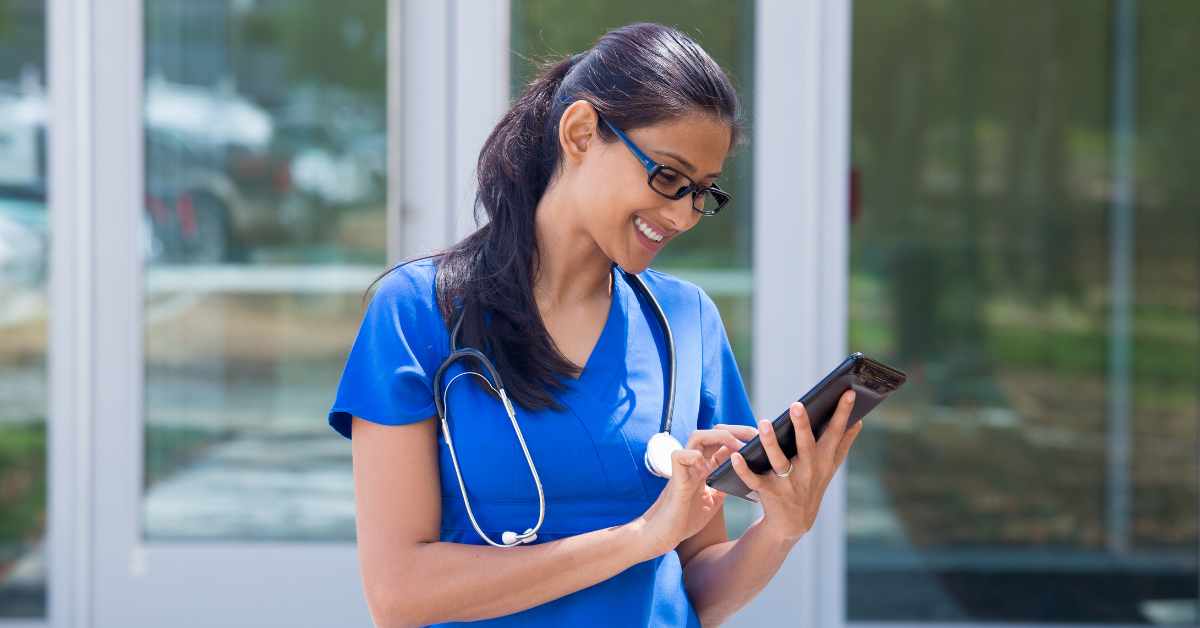 Remote Patient Monitoring (RPM) Technical Application
Remote Patient Monitoring (RPM) Technical ApplicationRPM 110 - This course will provide you with a comprehensive understanding of Remote Patient Monitoring (RPM) technology, including device setup, data transmission, and analysis. Students will learn how to use RPM devices, troubleshoot common issues, and maintain the devices to ensure accurate and reliable data collection. Additionally, the course will cover how to analyze health data collected through RPM and provide effective care coordination for patients.
See more...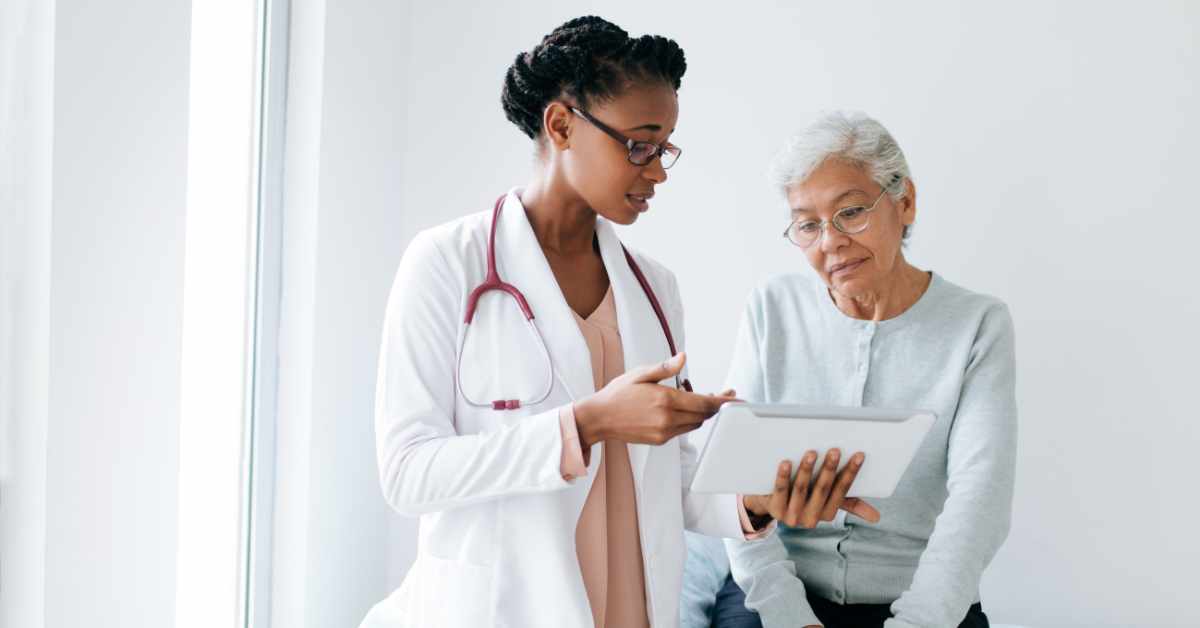 Train Patients on Remote Patient Monitoring (RPM)
Train Patients on Remote Patient Monitoring (RPM)RPM 120 - This course provides direct care workers with the skills and knowledge needed to educate patients on RPM, including how it works, how to use the devices, and how to troubleshoot common issues. The course also covers effective communication strategies when training patients, taking into account factors such as age, cultural differences, and others.
See more...Advanced Courses
| The DrKumo Remote Patient Monitoring (RPM) Advanced Courses provide you with in-depth knowledge and skills needed to manage patients using RPM technology. The courses cover advanced topics such as CPT Codes, aging and elderly care, RPM and diabetes, and more. These courses are designed to be interactive and practical for real-world settings. By completing these courses, you can improve patient outcomes and deliver better healthcare. | 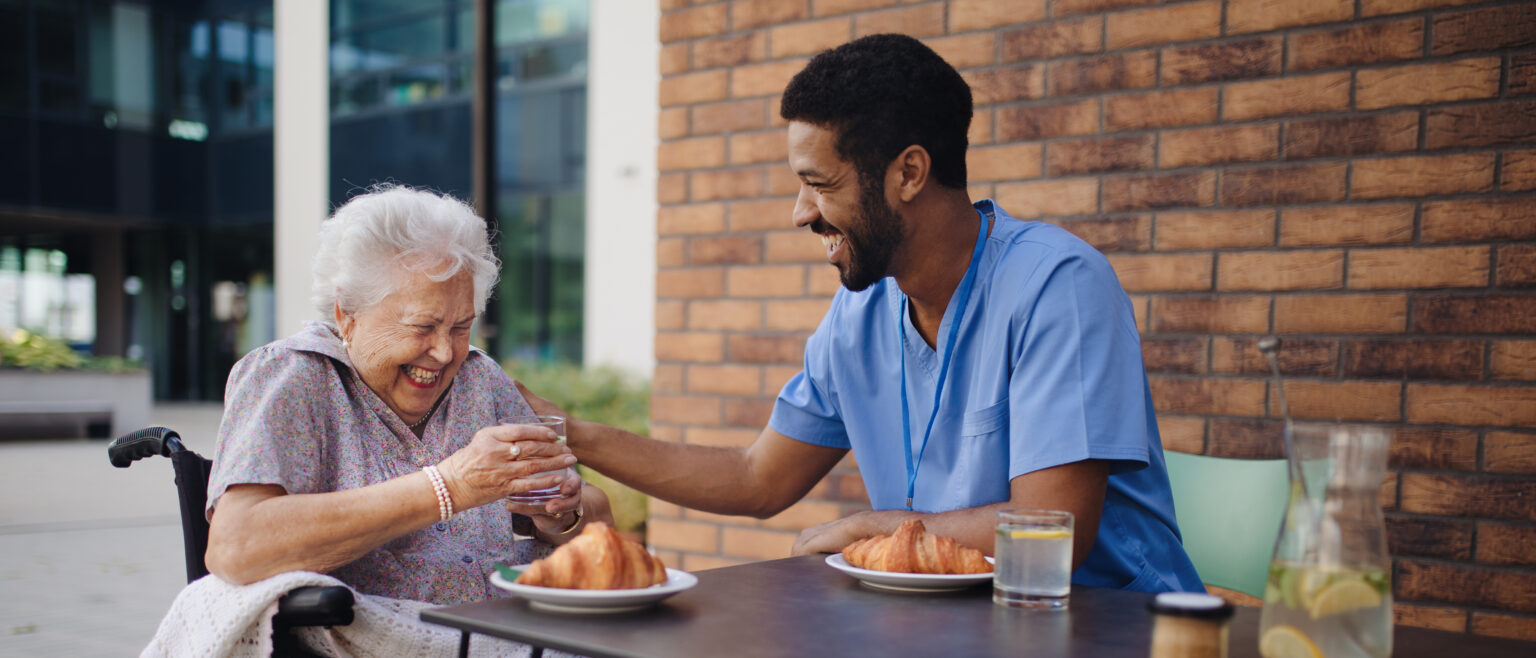 |
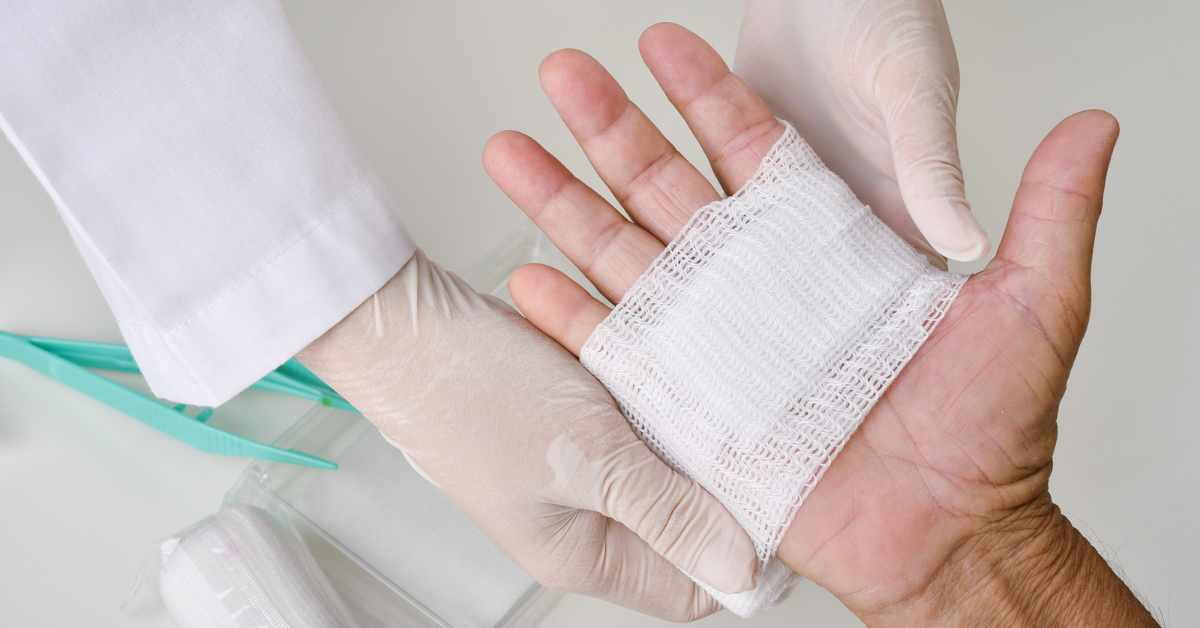 Wound Care
Wound CareRPM 224 - Patients needing wound care can be properly managed with remote patient monitoring. In this course, you will be able to define the patient’s needs for wound care, learn the steps needed to prevent wound infection and monitor the patient to promote healing. You will also learn how to educate the patient about caring for wounds and will be able to use a software program to help patients avoid critical danger zones.
See more...